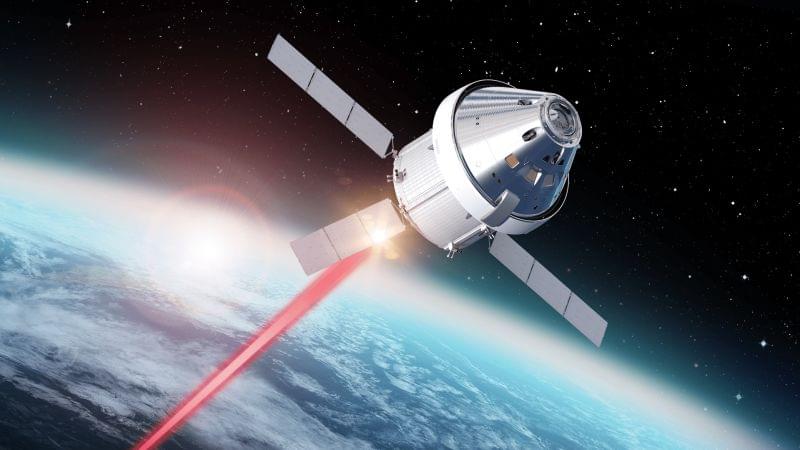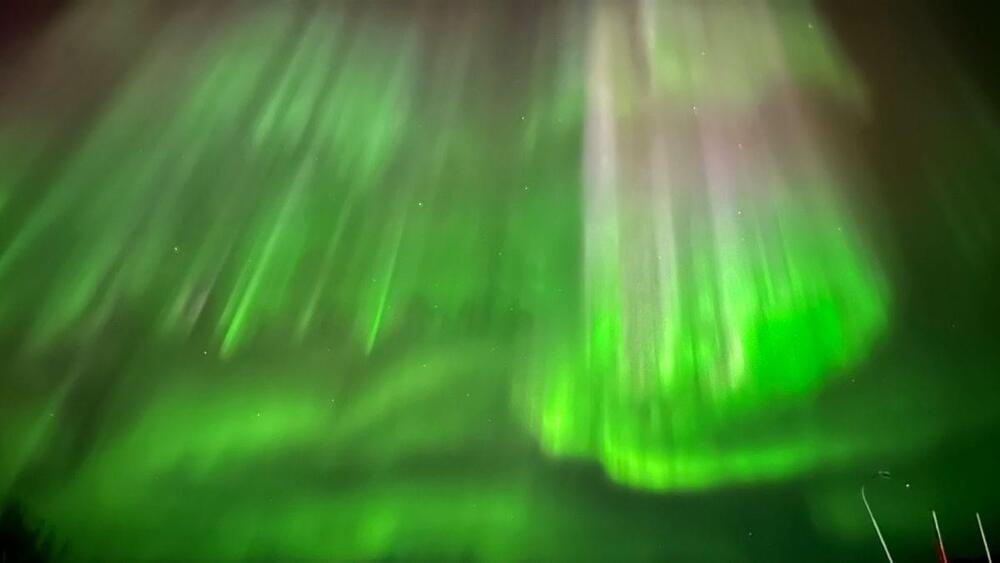A new laser capability aboard the Artemis II crewed mission to journey around the moon will beam back high-definition video and images of the lunar surface to Earth.
Google Keynote (Google I/O ‘23)
Posted in futurism
Tune in to find out how we’re furthering our mission to organize the world’s information and make it universally accessible and useful.
To watch this keynote interpreted in American Sign Language (ASL), please click here:
Tweet with us on Twitter: https://twitter.com/google.
Follow us on Instagram: https://www.instagram.com/google.
Join us on Facebook: https://www.facebook.com/Google.
#GoogleIO
Year 2020 😗😁
Schizophrenia is one of the top 25 causes of global diseases burdens in terms of years lived with the disease and the emotional and economical strains it imposes on the society. Several strategies have been used to treat the patients, specially using typical and atypical psychoactives. However, due to its multifactorial characteristic and patient resistance, schizophrenia is still a difficult disease to diagnose and treat. Thus, new strategies for diagnostics and treatment must be researched to optimize the efficacy and reduce the side effects of the actual therapy. Nanomedicine tries to improve low-weight molecular agents for treatment of diseases through the use of nanoscaled carriers. Among nanomedicine, nanopsychiatry specifically deals with the potential role of nanotechnology in solving psychiatry diseases problems. Therefore, the objective of this work is to provide an overview of the state of the art of nanopsychiatry in the sense of treating schizophrenia.
Yesterday the U.S. Preventative Service Task Force (USPSTF) announced an updated recommendation for breast cancer screening focusing on encouraging more women to begin biennial (every other year) mammograms at age 40. This recommendation, available online now in draft form, is an update to the Task Force’s January 2016 recommendation that women aged 50 – 74 receive mammograms every other year. At the same time, the USPSTF noted that women in their 40s should make an individual choice regarding regular breast cancer screening.
The USPSTF, comprised of experts in disease prevention and evidence-based medicine, serves as an independent team striving to improve the health of people throughout the United States. The Task Force recommends preventative healthcare based on evidence and clinical data. While the recommendations levied by the Task Force pertain to various preventative services, including cancer screening, behavioral counseling, and preventive medicines, the group’s overarching focus remains to help stay healthy.
Importantly, the USPSTF does not conduct its own studies or clinical trials. Instead, this group reviews evidence on preventative approaches to different diseases to conclude the potential pros and cons of such measures.
A reverse polarity sunspot is shooting plasma at Earth that could create auroras as far south as the mid-latitudes of the globe on May 10 and 11.
Cristina Montes Muntinlupa, Philippines
The most common method astronomers use to determine the composition of stars, planets, and other objects is spectroscopy. Today, this process uses instruments with a grating that spreads out the light from an object by wavelength. This spread-out light is called a spectrum. Every element — and combination of elements — has a unique fingerprint that astronomers can look for in the spectrum of a given object. Identifying those fingerprints allows researchers to determine what it is made of.
So you are pretty sure artificial intelligence is the future and you want a job in AI before it takes yours, but you don’t know how to code or have a background in technology. Not to worry! There’s a new job you are likely qualified for, and it’s paying hundreds of thousands of dollars a year.
What To Know: Microsoft Corp MSFT-backed ChatGPT has taken the world by storm. It exceeded 100 million monthly active users in two months’ time, making it the fastest-growing platform ever, and it’s not slowing down.
The thing about chatbots like ChatGPT is they need to be taught by humans. After a developer builds a large language model (LLM), the program needs to learn to communicate. That’s where you could come into play.
Join us on Patreon! https://www.patreon.com/MichaelLustgartenPhD
Discount Links:
NAD+ Quantification: https://www.jinfiniti.com/intracellular-nad-test/
Use Code: ConquerAging At Checkout.
Green Tea: https://www.ochaandco.com/?ref=conqueraging.
Oral Microbiome: https://www.bristlehealth.com/?ref=michaellustgarten.
Epigenetic Testing: https://trudiagnostic.com/?irclickid=U-s3Ii2r7xyIU-LSYLyQdQ6…M0&irgwc=1
Use Code: CONQUERAGING
At-Home Blood Testing: https://getquantify.io/mlustgarten.
A group of researchers led by Andreas Wallraff, Professor of Solid State Physics at ETH Zurich, has performed a loophole-free Bell test to disprove the concept of “local causality” formulated by Albert Einstein in response to quantum mechanics.
By showing that quantum mechanical objects that are far apart can be much more strongly correlated with each other than is possible in conventional systems, the researchers have provided further confirmation for quantum mechanics. What’s special about this experiment is that the researchers were able for the first time to perform it using superconducting circuits, which are considered to be promising candidates for building powerful quantum computers.
A Bell test is based on an experimental setup that was initially devised as a thought experiment by British physicist John Bell in the 1960s. Bell wanted to settle a question that the greats of physics had already argued about in the 1930s: Are the predictions of quantum mechanics, which run completely counter to everyday intuition, correct, or do the conventional concepts of causality also apply in the atomic microcosm, as Albert Einstein believed?









